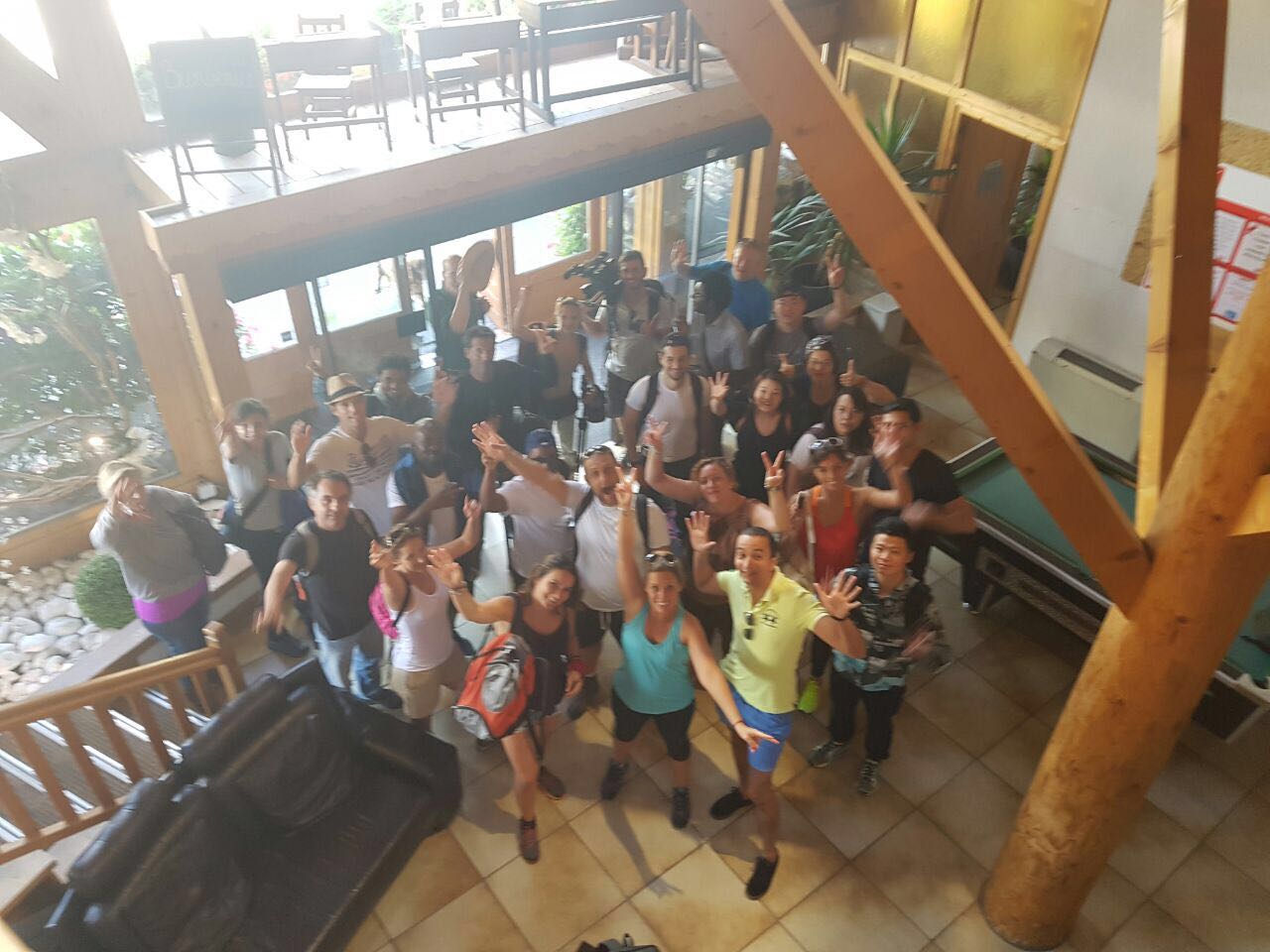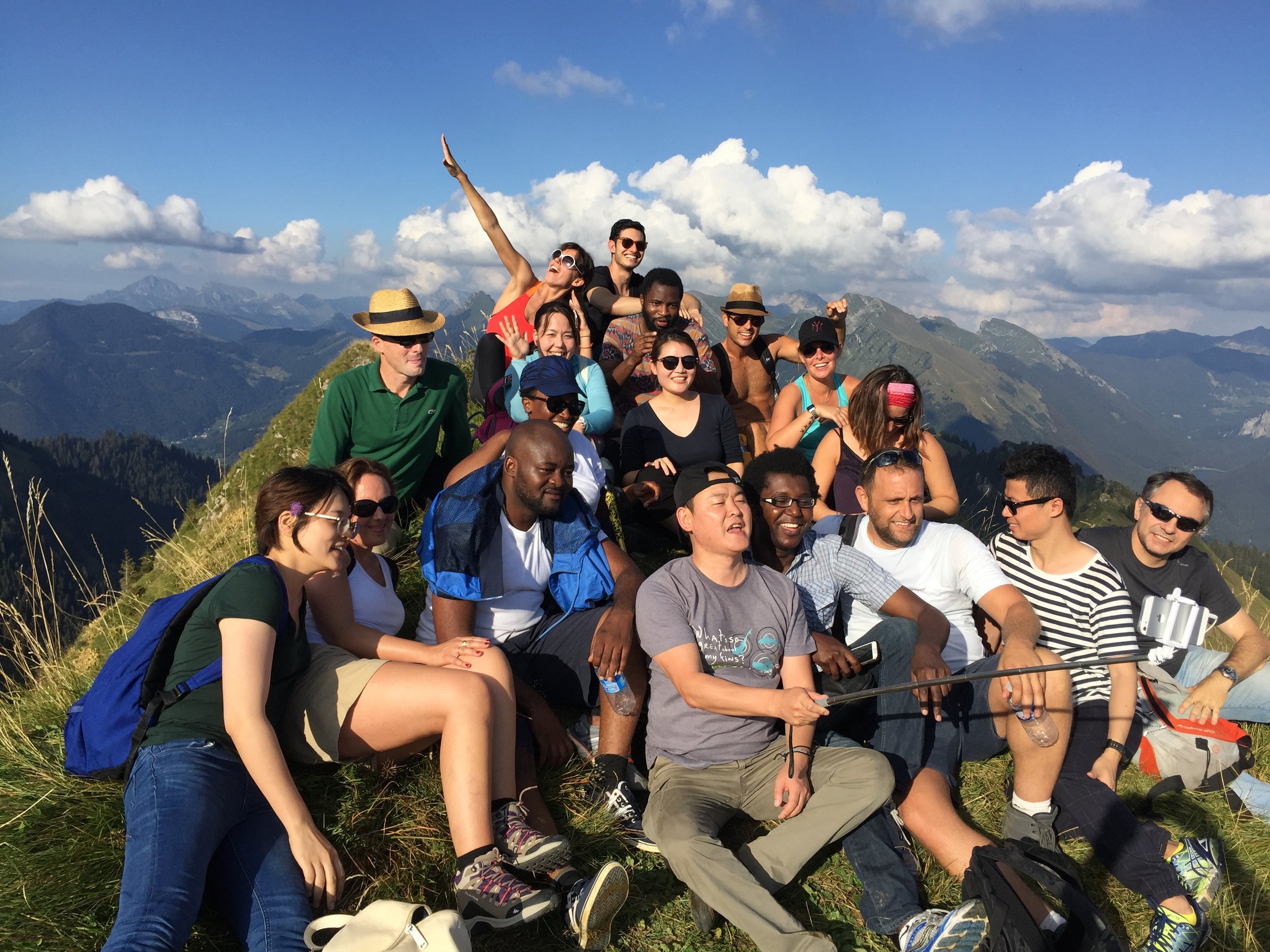Many executives I work with in my coaching business admit that they and their peers are operating at a level below that at which they should be contributing. At the very least they all have some specific areas in which they contribute at a detail level, taking on responsibilities for a task that should be delegated. It’s comforting to oil the tappets in the warmth of the engine room. We all do it from time to time. When you are not on the bridge setting course for your organization, or if you are doing some one’s role, you are not leading at your level. It is also creating a bottleneck that affects everyone.
Whatever the reason, it is diminishing your value as an executive. You are diluting your impact and influence that could be better utilized leading the organization to become more effective, more efficient and more successful…and a better place to work. It is robbing your people of the opportunity to learn and grow. It is adding to your workload. You may be able to justify it – that’s the easy part! – but you are not making it easy to develop the followership that all leaders need. And ultimately, it is not a sustainable business model in volatile times that needs vision.
How does this happen?
Well, every leader needs a degree of domain knowledge. For those who have been promoted through a business, or have helped a business grow, then the chances are that you know quite a lot about how the detail works – or at least, used to work when you did it! Never lose sight of the fact that the vector and velocity of change is escalating – as is the complexity of the work environment.
There are a range of justifications I hear all the time, which include:-
I come from a specialist technical background (e.g. lawyer, accountant, engineer etc) so there is an identity issue ‘I am a lawyer – who will I be if I don’t specialize?’ You are now a leader; people look to you for leadership not specific technical support.
I'm a natural in that area. It’s my expertise and I enjoy it. Give up your leadership role and revert to specialist; Let others enjoy it too; Lead, follow or get out of the way!
I haven't got time - It will take too long to explain so it’s easier to do it myself. And ever will it be thus. What happens the next time…and the next time…and the time after that? Look at what you should be delivering and build in time to enable the transfer.
This is too important. I don’t trust him or her to do it right. aka I need to be seen by those above me to be delivering some value. Get to the bridge to see what really needs doing.
The place would fall apart if I didn’t keep things going. You need to step back and hear what you have just said. Get into that reflective space.
He/she’s overloaded. I’ll just do it. Is this a professional development issue, resources issue or competency issue? All of which are your responsibility to resolve
I can’t get my hands around it – everything is open ended (unlike the details that I can sort out) Well, this is the biggest challenge for C21st leaders, living with ambiguity, paradox and complexity – and it won’t become less complex!
Many of these excuses are creating displacement activity. In other words, creating the 'buzzy-ness' that stops leaders from addressing hard issues.
Some quick tips for getting back onto the Bridge
1. Create some reflective time each week. Look at what and how you need to get achieved. What impact do you want to have?
2. As a leader what is the true business value you bring to the organization in terms of its top line and bottom line? What is it that you – and only you - can do in your position that will make this business great? Write down the critical deliverables of your role.
3. Put another way, the level of your contribution should be based around:-
- Creating a Vision
- Creating the resources
- Making winning possible (removing roadblocks)
- Executing ruthlessly and consistently
This also includes developing your people; inspiring; attracting the right talent and dealing with non performers.
4. Apply the 5 ‘D’s law to anything that comes your way:-
- Delete it
- Delay it
- Delegate it
Then, and only then…
- Do it. But make sure you are putting time constraints on it to…
-Diminish it (we tend to do the things we like and spend a disproportionate amount of time on them).
5. Be aware of the types of tasks, issues or opportunities that beguile you and pull you into the weeds. Think of past times when this happened. Just being aware will cause you to recognize when it occurs again. Initially you may only notice after the event. However with practice and reflective time you will immediately recognize the situation and have choice to take alternative actions. Be aware in meetings in which you may dominate the discussion and drag it into the details rather than identify the deliverable and assign responsibility and accountability. Get a trusted colleague to give you a signal…
6. If there are leaders, then there are followers. People want to learn and develop their ‘employability’, either with you, or if not, then somewhere else. Think about these situations as professional development opportunities for your people. It will also enhance and strengthen your leadership. And free up your time to work on moving your team forward. Ask yourself "Am I creating current or future leadership resources with this response?"
So, make sure that you are earning your remuneration – get onto the bridge looking out for icebergs and don’t get caught doing the engineers job in the engine room!






















